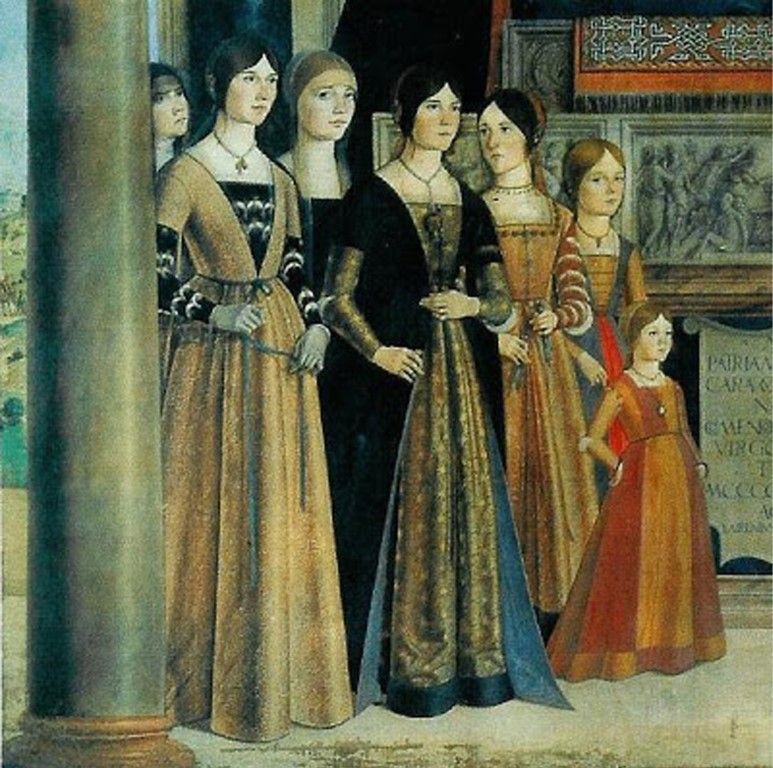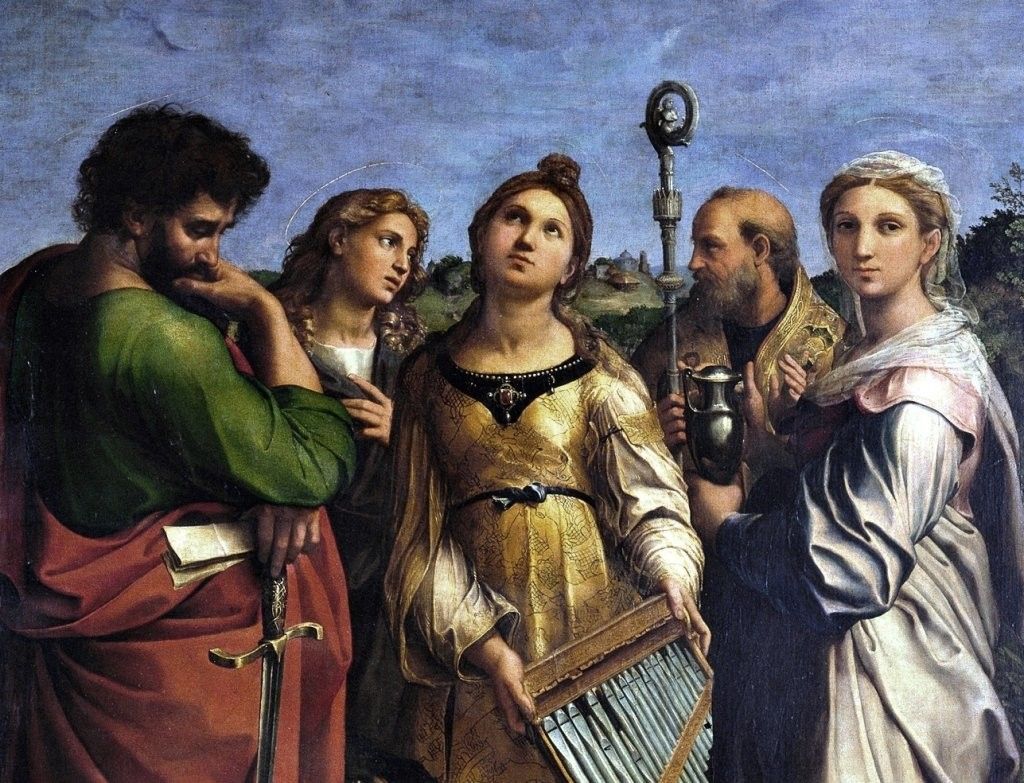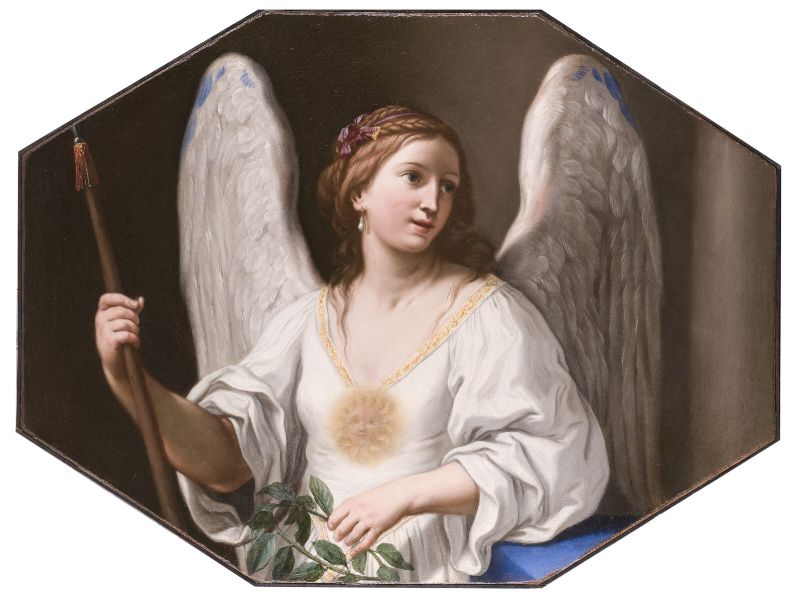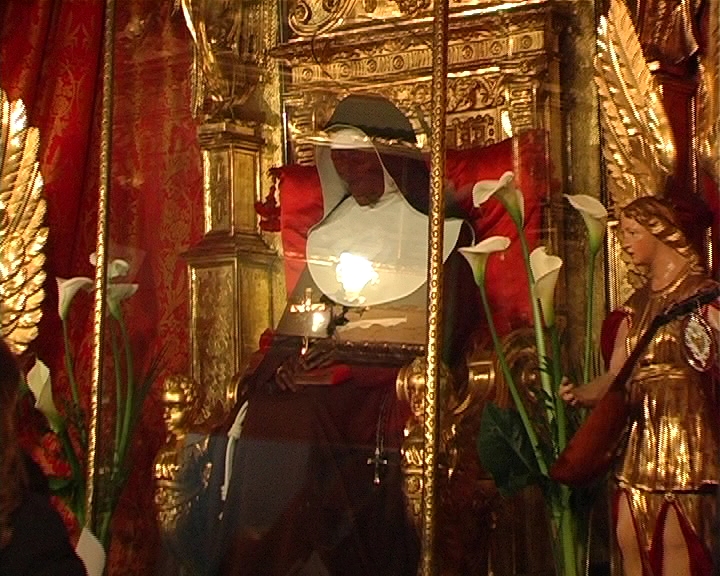Women in the shade of the Two Towers
Updated on 26 September 2025 From Bologna Welcome
Bologna is a city that, over the centuries, has witnessed the
birth and growth of extraordinary women. Philosophers, artists, scientists, saints,
sculptors, and inspiring muses: figures who left an indelible mark
on the city’s history and who still today embody a legacy of
intelligence, creativity, and passion.
A walk through Bologna’s streets, palaces, and churches also becomes an
itinerary to discover these protagonists, often forgotten yet central
to the city’s cultural, political, and social development.

In the Middle Ages, Bologna saw the rise of three young women
dedicated to culture: Bettisia Gozzadini, Novella d’Andrea, and Margherita Legnani.
All of them paved the way for women
at the oldest university in Europe.
Arriving in Bologna at the age of 12 to marry the lord of the city, Sante Bentivoglio, in 1454, Ginevra Sforza became one of the most debated figures of the Bolognese Renaissance. After the death of her first husband, she married Giovanni II Bentivoglio and shared his power until 1506, when Pope Julius II expelled the Bentivoglio family from Bologna. Considered a conspirator and cruel by contemporary chroniclers, she was excommunicated and died alone in 1507. Where the Teatro Comunale now stands once stood her sumptuous residence.

Anna Morandi Manzolini (1714–1774) was an internationally renowned artist and scientist. Through her studies in anatomy, she specialized in making scientific wax models, combining medical rigor and artistic beauty. She became a professor of anatomy at the University of Bologna, one of the few women in history to hold such a prestigious position. Her works are preserved at the Palazzo Poggi Museums, where it is still possible to admire her wax models today.
Cornelia Rossi Martinetti (1771–1867) was the celebrated “muse” of Bologna’s Romantic culture. She hosted literary salons in her home in Palazzo Hercolani, where artists, writers, and intellectuals of her time met. She became the protagonist of poetic dedications and portraits, such as those by Pelagio Palagi, and represented an emblem of refinement and inspiration.
Elena Duglioli (1472–1520) led a life of profound spirituality as a laywoman, married but devoted to charity and prayer. She commissioned a famous altarpiece from Raphael, now housed in the National Art Gallery of Bologna. She is buried in the Church of San Giovanni in Monte, where her tomb is still venerated.

Saint Catherine of Vigri (1413–1463), founder of the Corpus Domini Monastery, was a nun, mystic, and painter. She was canonized in 1712 and is remembered as Bologna’s patron saint. Her incorrupt body is preserved in the monastery, where it is still possible to see her “seated” in a glass case.
Gentile Budrioli (d. 1498) was an astrologer and healer, close to Ginevra Sforza and the Bentivoglio court. Accused of witchcraft and conspiracy, she was tried and burned at the stake. Her story reflects the prejudice and fear that accompanied women of knowledge in the Renaissance era.

Properzia de’ Rossi (1490–1530) is remembered as the first female sculptor in art history. She created marble works of extraordinary beauty, including reliefs for the façade of San Petronio. Her talent, acknowledged by Giorgio Vasari, made her a unique figure in the Italian Renaissance.

